|
4th AEROCOM workshop
(held at Oslo, Norway, June 15-17, 2005)
This document contains presentations and posters of the AEROCOM
workshop at Oslo in June 2005. Contributions are bundled by
topic:
GENERAL
- The WORKSHOP INFO outlines
the program and lists names of the workshop participants
- The OVERVIEW section introduces
the ACCENT initiative and workshop goals.
- The WHERE WE ARE section
contains diagnostical summary presentations about aerosol
modules in global modeling
- The HOW TO USE THE WEB
gives instructions on how to use the web diagnosis
and evaluation tool
SPECIFIC TOPICS
- The VERTICAL DISTRIBUTION
section reviews capabilities to measure and simulate
the vertical distribution of aerosol
- The AEROSOL FORCING
section presents simulated aerosol impacts on the energy
balance of the Earth- Atmosphere-System (radiative forcing).
Simulations of different aerosol modules are compared and
initial efforts are explored, where the aerosol forcing
is more tied to observational evidence
- The MODULE DEVELOPMENT
section addresses various new developments in aerosol
global modeling
- The INDIRECT EFFECT
addresses progress in understanding and quantifying aerosol
indirect effects with the help of sensitivity studies and
observational evidence from remote sensing
- The HUMIDIFICATION section
explores model differences for aerosol water and for aerosol
humidification and its impact on aerosol optical properties
- The AEROSOL PRODUCTS
section present summaries and useful results from modeling
and from model/data synergy for the general atmospheric
science community
EXTRAS
- The POSTERS section presents an
AeroCom overview poster, compares details on simulated aerosol
optical properties in component modeling, introduces concepts
on investigating aerosol-cloud interactions and presents
first results from a new effort to derive aerosol (direct)
forcing by combining global fields of the median model with
AERONET data.
- The SOURCES inventories of aerosol
emission data for the years 2000 and 1750 (pre-industrial
conditions) – in support of model sensitivities studies
PICTURES
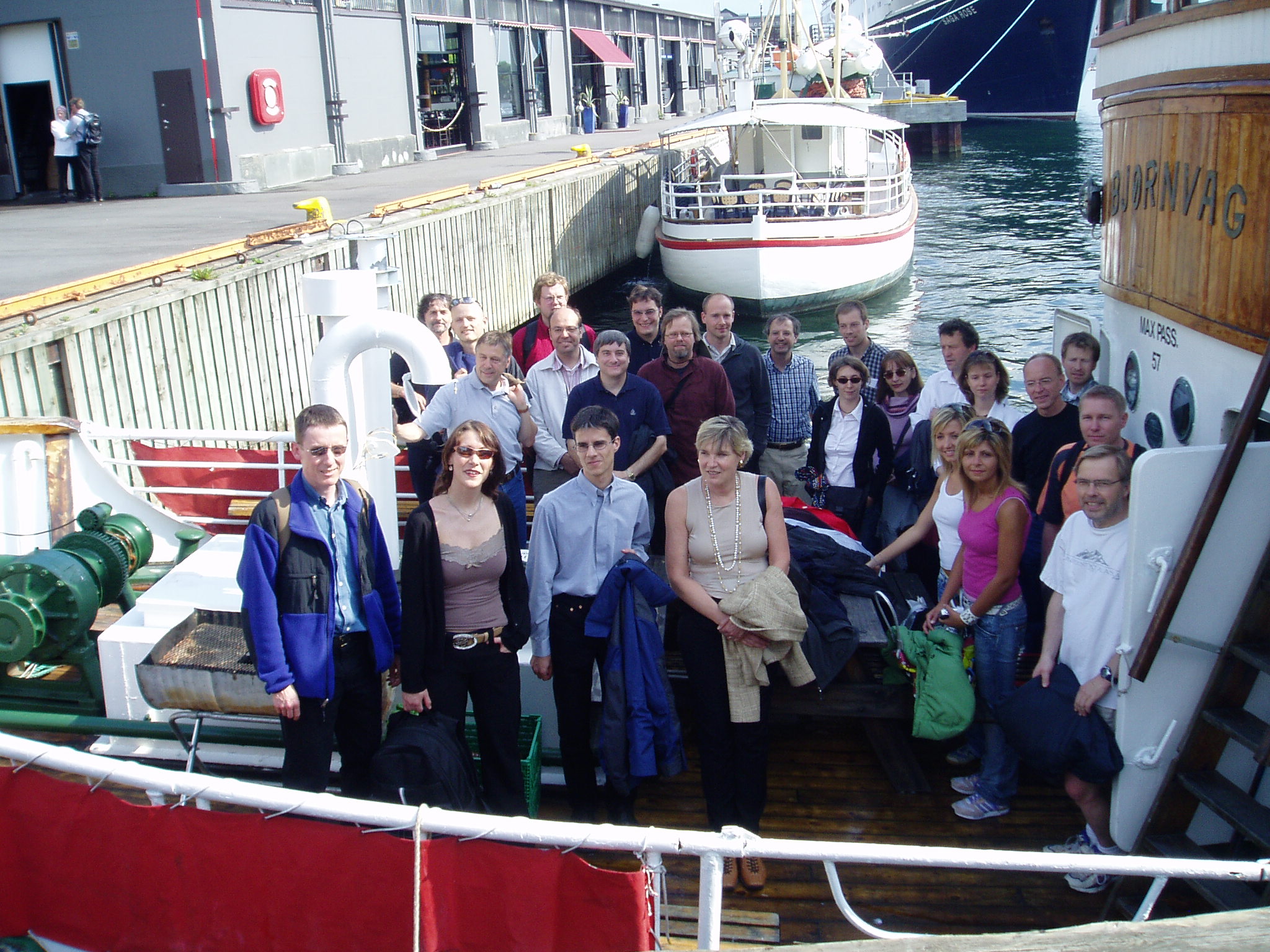


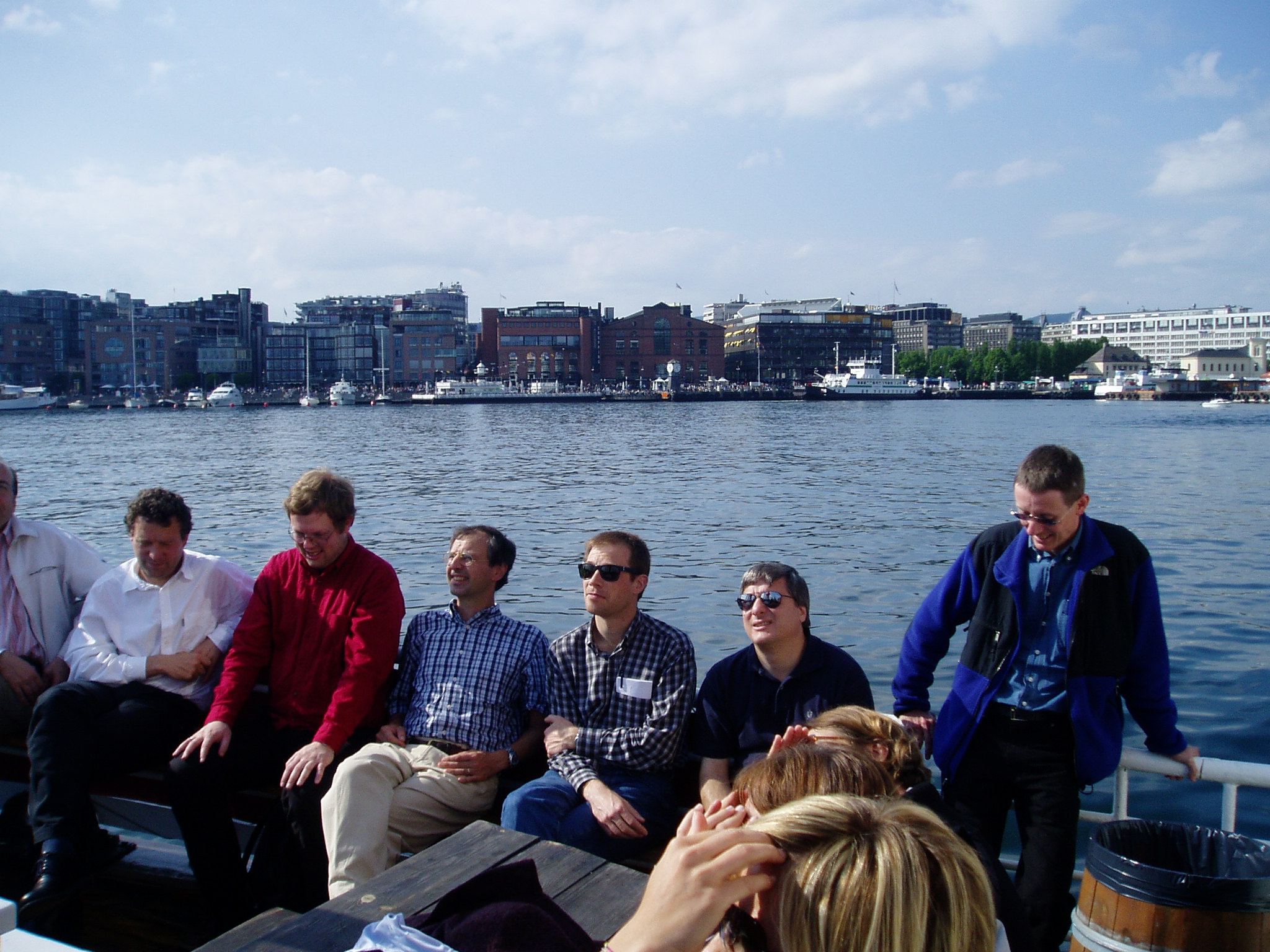

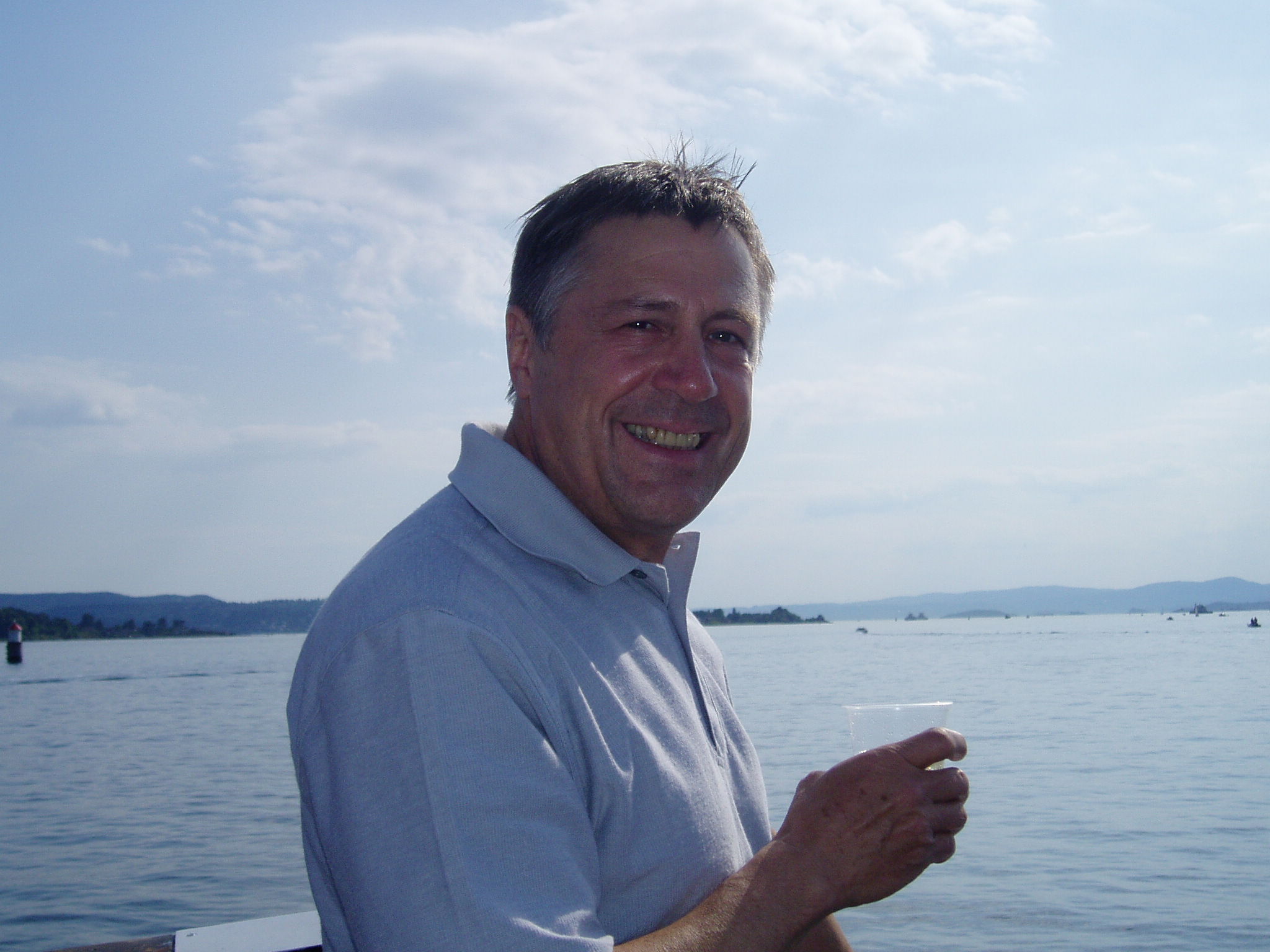


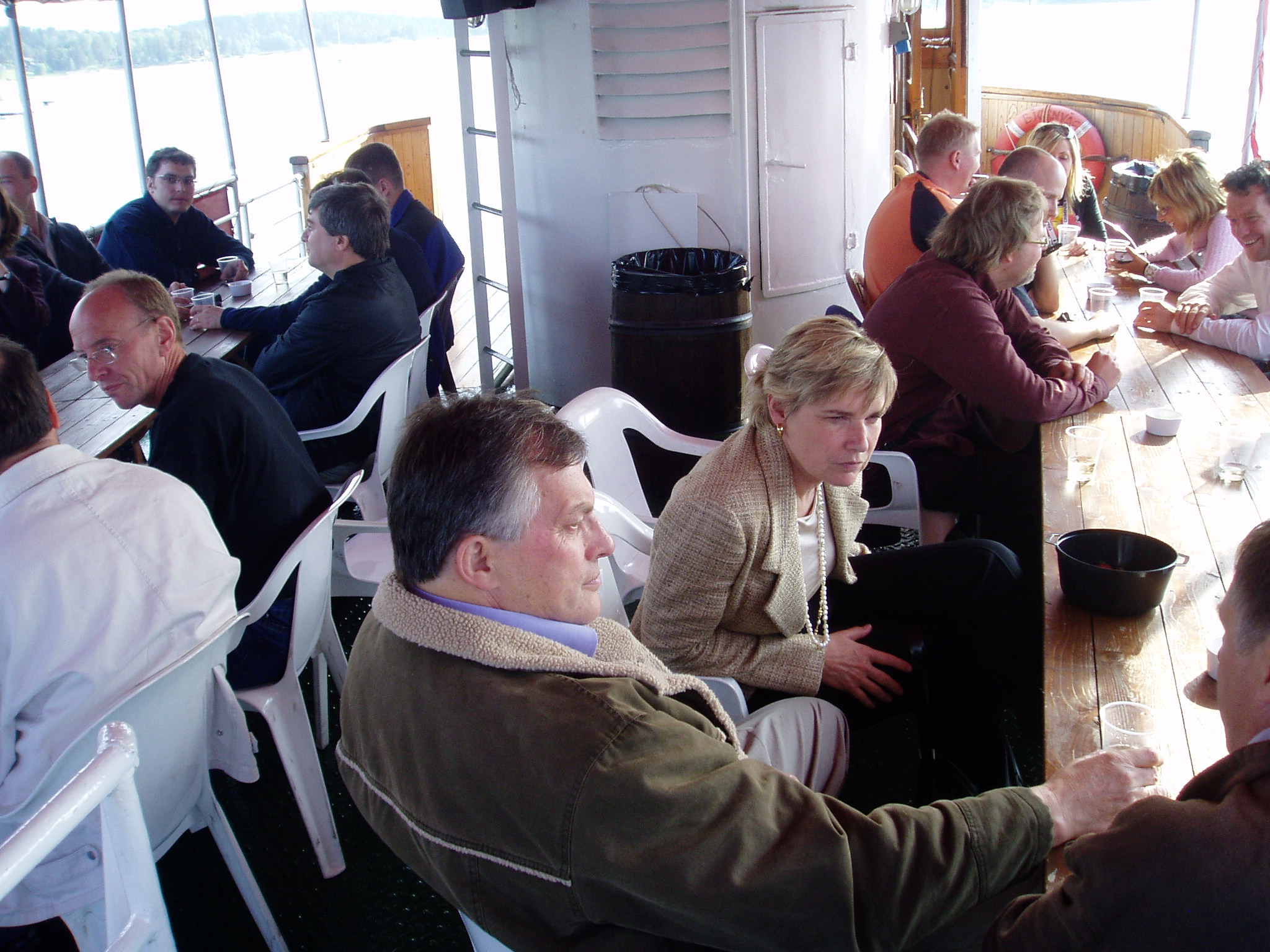
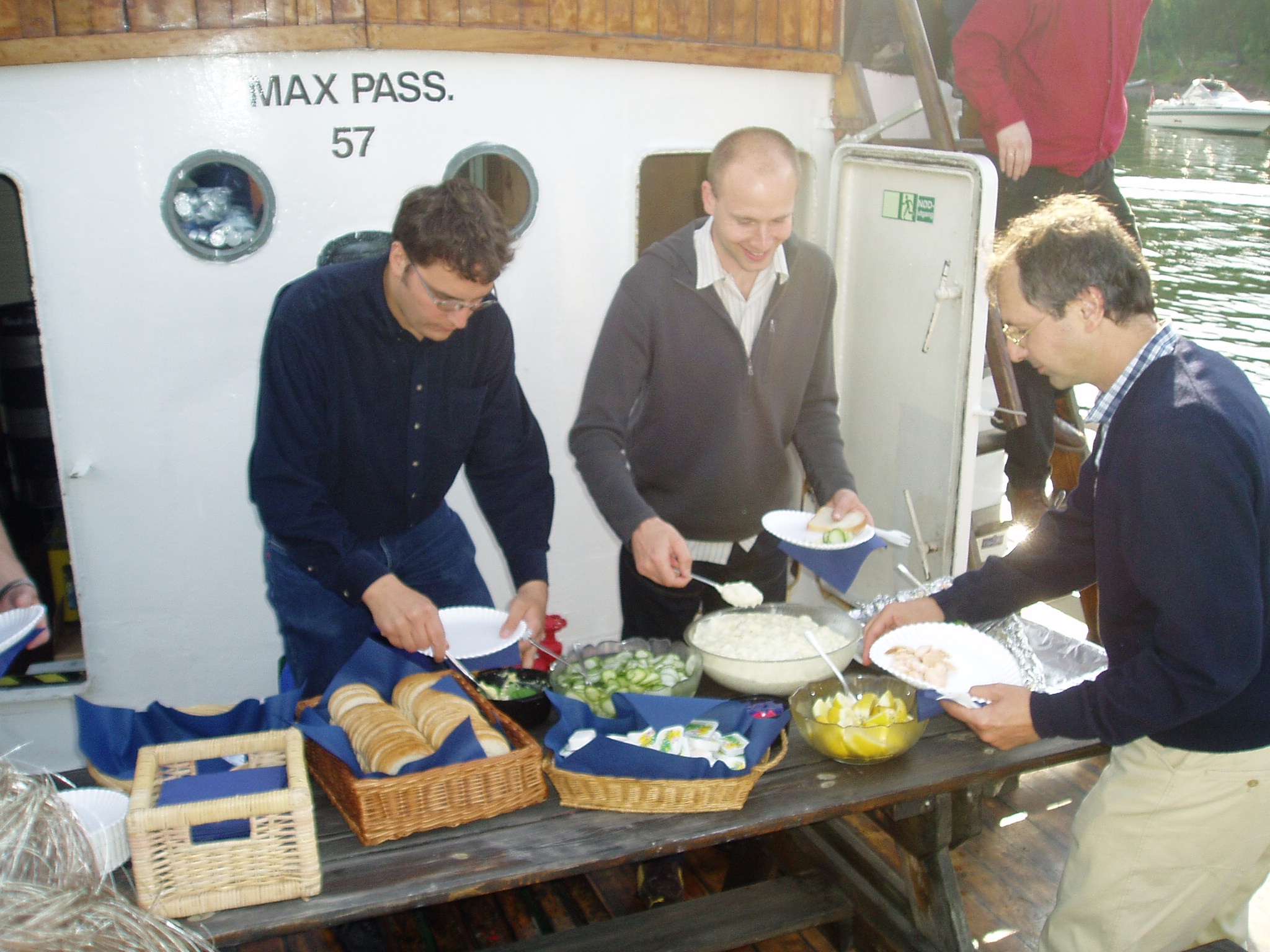
WORKSHOP INFO
- outlines
the workshop program and the lists the attendees
OVERVIEW
-
ACCENT – a network of excellence presented by
I. Isaksen (Univ. of Oslo)
-
Goals of the workshop and remarks on the AeroCom future
presented by M. Schulz (LSCE, Paris )
WHERE WE ARE
-
Comparisons of AeroCom Exp. A and Exp. B simulations
presented by C. Textor (LSCE, Paris)
- AeroCom
Exp A – an analysis of global fields presented
by S. Kinne (MPI, Hamburg)
-
Parameterizations and diversity of aerosol processes
presented by S. Guibert (LSCE, Paris)
HOW TO
USE THE WEB
- The
AeroCom web catalogues presented by S. Guibert
(LSCE, Paris)
VERTICAL DISTRIBUTION
-
Differences in simulated vertical distributions
presented by C. Textor (LSCE, Paris)
-
Evaluation of simulated aerosol vertical profiles to data
presented by S. Guibert (LSCE, Paris)
-
Aerosol vertical profiles over a continental US site
presented by A. Jefferson (NOAA, Boulder)
- Aerosol
vertical profiles with the CART- site Raman lidar
presented by R. Ferrare (NASA-Langley)
- Impact
of different convective schemes on the aerosol vertical
distribution presented by O. Seland (Univ. of
Oslo)
AEROSOL
FORCING
-
Discussion of forcing estimates from AeroCom models
presented by M. Schulz (LSCE, Paris)
-
Results from ECHAM simulations dedicated to IPCC-FAR
presented by P. Stier (MPI, Hamburg)
-
Outstanding issues in mineral dust radiative forcing
presented by Y. Balkanski (LSCE, Paris)
-
Satellite versus GCM – comparisons of derived aerosol direct
radiative forcings presented by O. Boucher (MET-office)
- Aerosol
Forcing with an AERONET touch presented by S.
Kinne (MPI, Hamburg)
MODULE DEVELOPMENT
-
Transport modeling at NILU presented by A. Stohl
(NILU, Oslo)
-
Impact of organic compounds on the simulated aerosol properties
presented by M. Mircea (CNR, Bologna)
- The
European Aerosol Budget presented by M. Krol (JRC,
Ispra)
- Parameterized
aerosol optics and properties in the CCM Oslo presented
by A. Kirkevag (Univ. of Oslo)
- The
GEMS aerosol project presented by J.J. Mocrette
(ECWMF, Reading)
INDIRECT EFFECT
-
Status of aerosol indirect comparisons presented
by J. Penner (Univ. of Michigan)
-
Estimates of indirect forcings - combining data and modeling
presented by J. Quaas (MET-office)
-
Aerosols on McRAS-clouds using sulfate simulated by GOCART
presented by T. Diehl (NASA-GSFC)
-
Predicting Cloud droplet number concentrations in CAM-Oslo
presented by T. Storelvmo (NILU, Oslo)
-
Concepts to test aerosol-cloud interactions with satellite
data contributed by S. Kinne (MPI, Hamburg)
HUMIDIFICATION
-
Measurements of aerosol humidification presented
by A. Jefferson (NOAA, Boulder)
-
Analysis of vertical profiles as function of RH differences
presented by S. Guibert (LSCE, Paris)
-
Humidification aspects in AeroCom A and B presented
by C. Textor (LSCE, Paris)
AEROSOL PRODUCTS
-
A new aerosol climatology, merging AERONET and modeling
presented by S. Kinne (MPI, Hamburg)
POSTERS
- the AeroCom
project – an overview prepared by S. Kinne (MPI,
Hamburg)
- aerosol
component modeling – a module comparison prepared
by S. Kinne (MPI, Hamburg)
- correlations
among MODIS retrieved properties for a better understanding
of aerosol-cloud interactions prepared by S. Kinne
(MPI, Hamburg)
- estimates
of the (direct) aerosol forcing based on AERONET data and
the AeroCom model median fields prepared by S.
Kinne (MPI, Hamburg)
SOURCES
- recommended
AeroCom aerosol emission sources for the years 1750 and
2000 contributed by F. Dentener (JRC, Ispra)
|